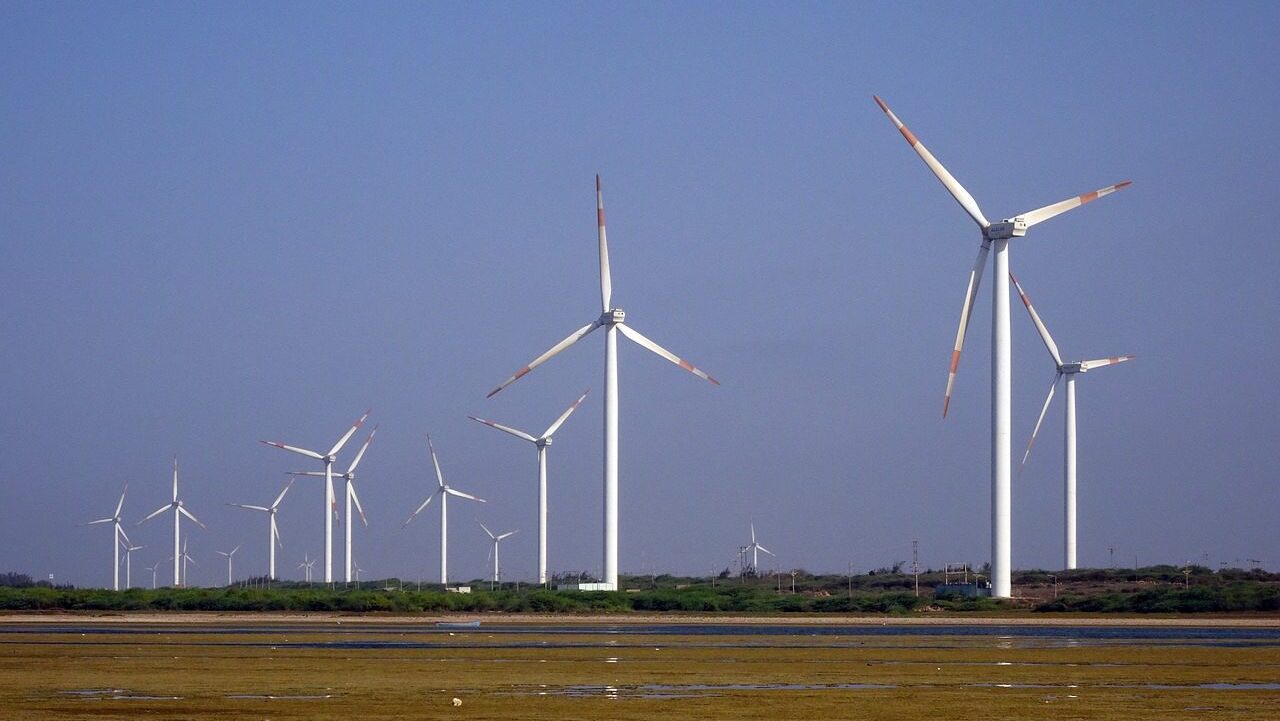
Germany is dismantling a wind farm to make way for more coal mining, while China is on a spree to open new coal mines.
So goes the global push for renewable energy and decarbonisation, another sign of the reality check facing the proposed energy transition away from fossil fuels to ‘renewable’ energy such as wind.
The German energy giant RWE announced in October 2022 that it was removing a wind farm to expand its open lignite mine in the region of North Rhine-Westphalia. The first wind turbine has already been felled, and another seven are slated to be removed. The company will then have room to excavate some 15-20 million tonnes of lignite.
Lignite, also called brown coal, is the least efficient and therefore the most carbon-emitting form of coal. But it’s also abundant in western Germany, and according to the German government, it’s needed now more than ever.
The German government and RWE brokered the expansion of the lignite mine last fall because of the energy crisis engendered by the war in Ukraine and Germany’s subsequent loss of the Russian gas and oil it had relied on.
In exchange for permission from the German government to expand lignite mining for the moment, the company promised to ultimately phase out coal in 2030, eight years before the previous deadline.
With that caveat, the German government touted the deal as “a good day for climate protection,” though it seems there is little reason to believe that it wouldn’t once again prolong coal mining in 2030 should the need remain.
In fact, Germany’s attempt at switching to wind-sourced energy has proven a disaster. It is already far behind on its goals while facing increasing resistance from local communities to the installation of wind parks.
In another example of the schizophrenic tension between environmental rhetoric and political-economic reality, China has also abandoned its pledges to cut back on coal and has instead embarked on a coal burning spree.
The most recent reports from the watchdog groups Global Energy Monitor (GEM) and the Centre for Research on Energy and Clean Air show that the country is set to approve a record number of coal power projects. The rash of new approvals started last year and has continued strong into 2023, according to analysis, with the Chinese government rubber-stamping two new coal power plants every week.
In raw numbers, in the first six months of 2023, China approved 52 gigawatt (GW) of new coal power, began construction on 37 GW of new coal power, announced 41 GW of new projects, and revived 8 GW of previously shelved projects. About half of the plants permitted in 2022 had started construction by summer. One gigawatt of energy is equivalent to one large coal-fired power plant.
While not as ambitious as the EU, China has pledged to level off CO2 emissions by 2030 and reach net zero in carbon emissions by 2061.
Ironically, China is both the world’s largest producer of renewable energy, including wind, solar, and hydroelectricity, and simultaneously the world’s biggest carbon emitter, pumping out almost a third of the world’s carbon emissions in 2020. It’s not surprising, as in many regions, the Chinese infrastructure to store and distribute wind and solar energy has not kept pace with the production of these ‘renewable’ energies, meaning the electricity produced can’t be integrated into the grid and used. At the same time, for example, the fabrication of wind turbines, in which China is also a global leader, is heavily dependent on coal-fired power plants.
But most tellingly, according to analysts, the coal-powered projects are largely being approved where there is already excess coal-fired power. This indicates that China is prioritising economic recovery and energy security over ecology.
“There is more development than there is need for development,” Cory Combs, an analyst at Trivium China, said. “When we look at it from an energy security perspective, they [provincial-level governments] are putting an extremely high premium on short-term energy security. I don’t mean systemic issues; [I mean] even making sure there’s not even a two-hour power shortage. That’s taken over everything else, including the financials, but certainly decarbonisation.”
